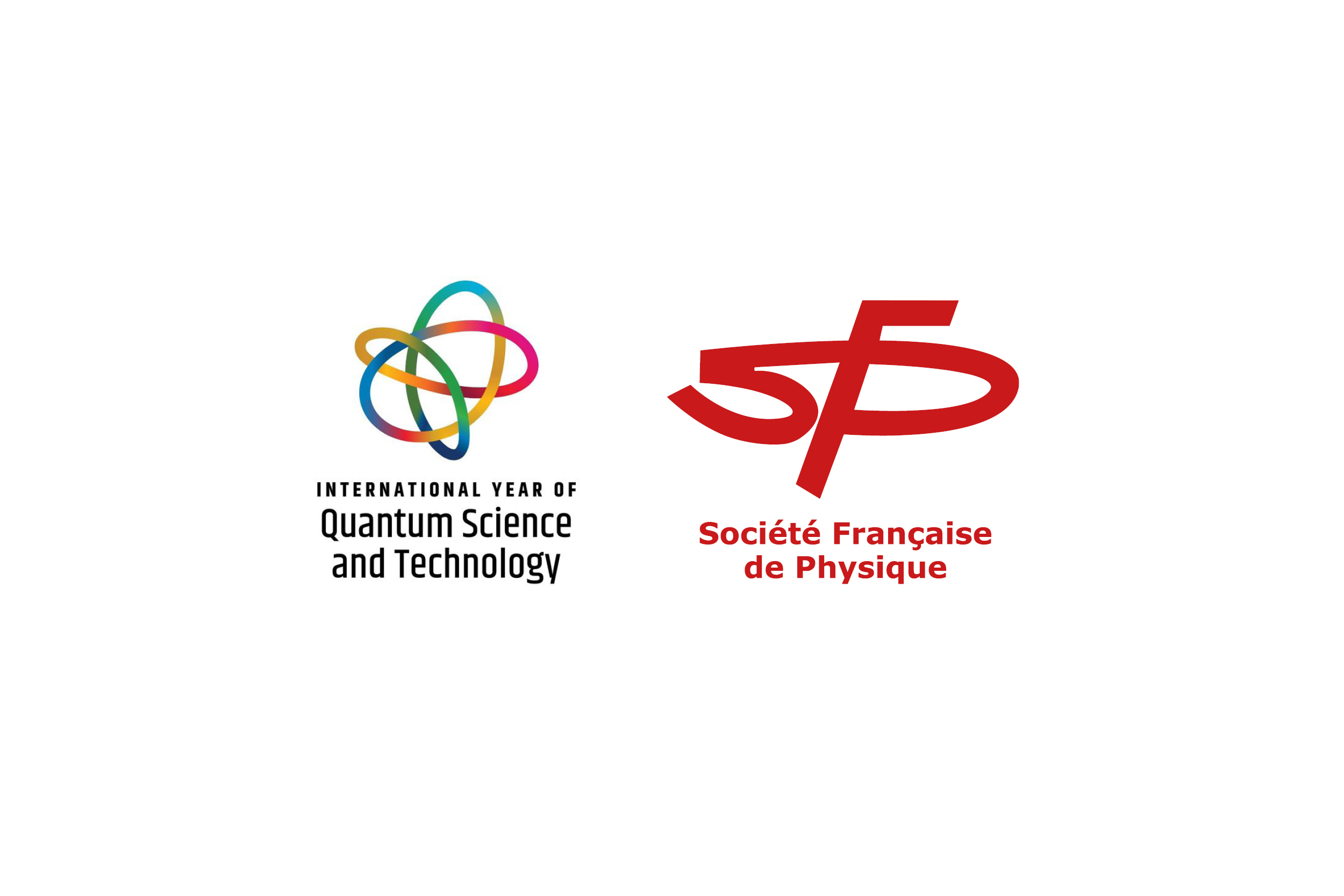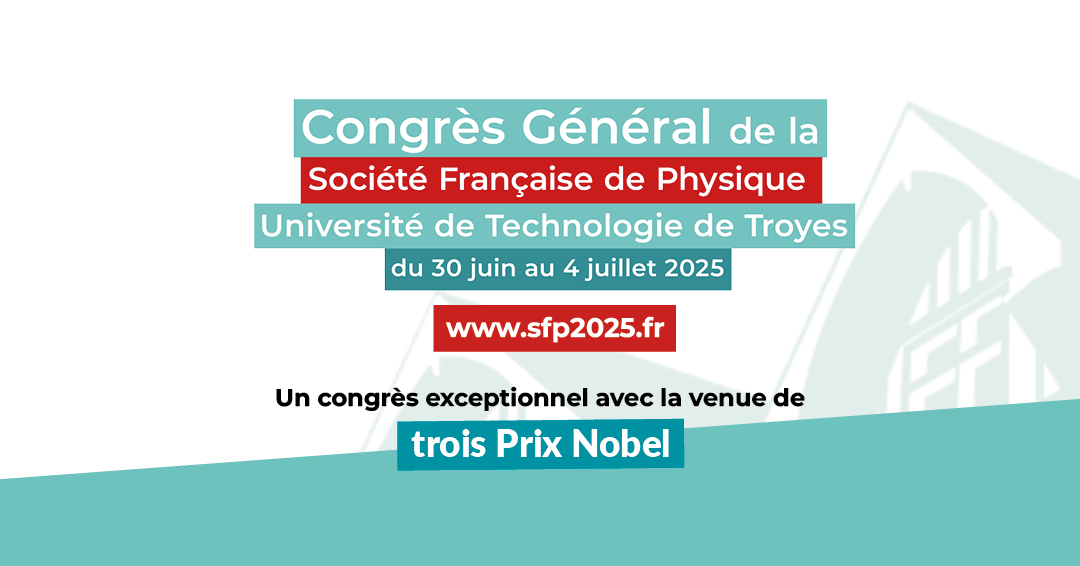EPJ N Highlight - Recent progress in nuclear instrumentation and measurement

Plastic scintillators consist in one or several fluorescent probes embedded in a polymer matrix. They are able to produce light while interacting with a radioactive source. Recently, their technology has been modified by making them denser to improve their absorption while limiting the fluorescence quenching, leading to make them usable as pseudo-gamma spectrometers.
This is just an example of the numerous advances reported in a review based on four editions of the ANIMMA conferences (www.animma.com). This review is organized according to the measurement methodologies: neutronic, photonic, thermal, acoustic and optical, and includes medical imaging as well as progress in data acquisition and electronic hardening. Applications involve many fields like fundamental physics, fission and fusion reactors, medical imaging, environmental protection and homeland security, radioactive wastes measurement and control.
With its about 300 references, the paper is aimed at offering researchers and engineers an important overview over a complex domain deeply investigated at the occasion of the ANIMMA conferences. This would help them to quickly discover the front edge in the field.
Article posté le 10/01/2018


